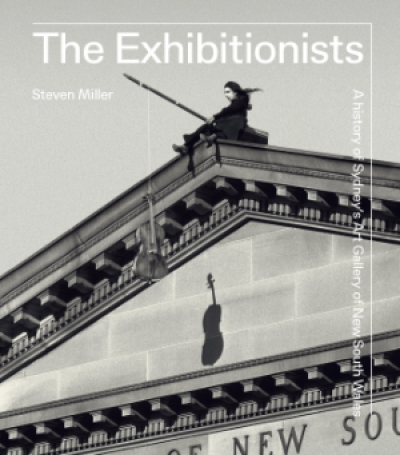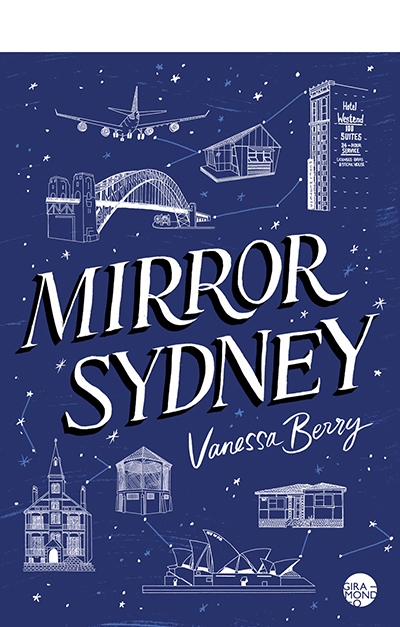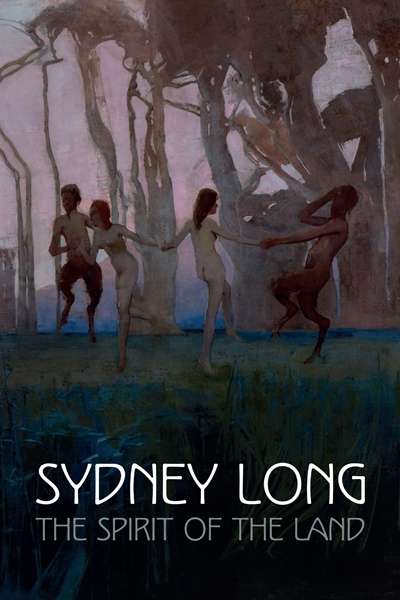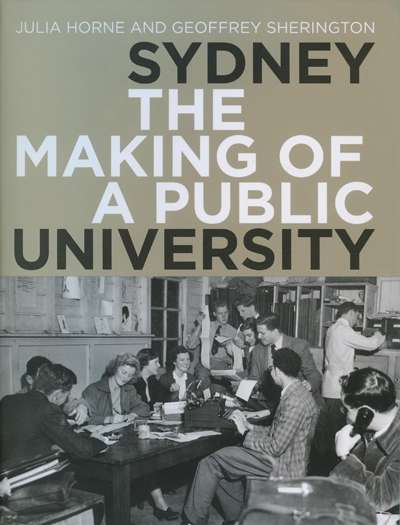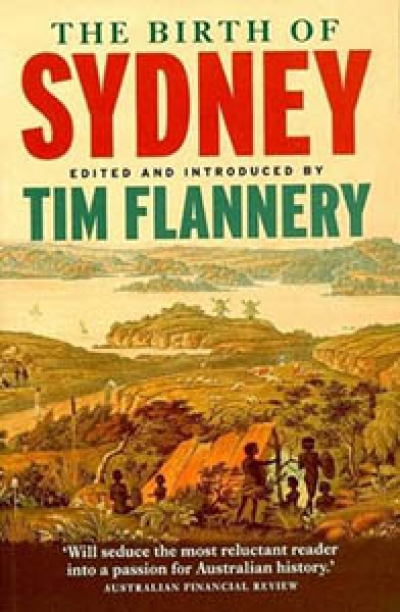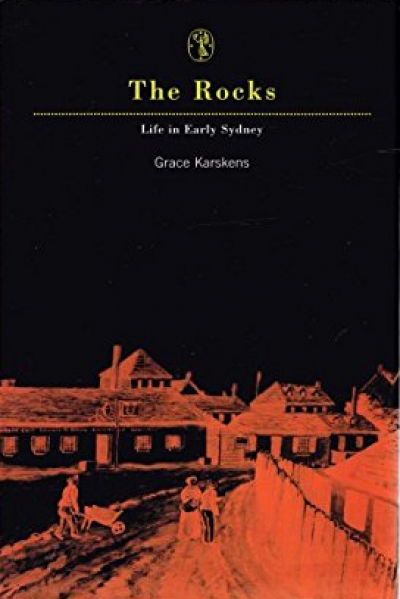Sydney
The Exhibitionists: A history of Sydney’s Art Gallery of New South Wales by Steven Miller
by David Hansen •
Killing Sydney by Elizabeth Farrelly & Sydney (Second Edition) by Delia Falconer
by Jacqueline Kent •
Public Sydney: Drawing the City edited by Philip Thalis and Peter John Cantrill
by Philip Goad •
Sydney Long: The Spirit of the Land by Anne Gray
by Steven Miller •
Sydney by Julia Horne and Geoffrey Sherington & From New Left to Factional Left by Alan Barcan
by Richard Broinowski •
The Birth of Sydney edited by Tim Flannery & Buried Alive, Sydney 1788-92 by Jack Egan
by Robyn Annear •

